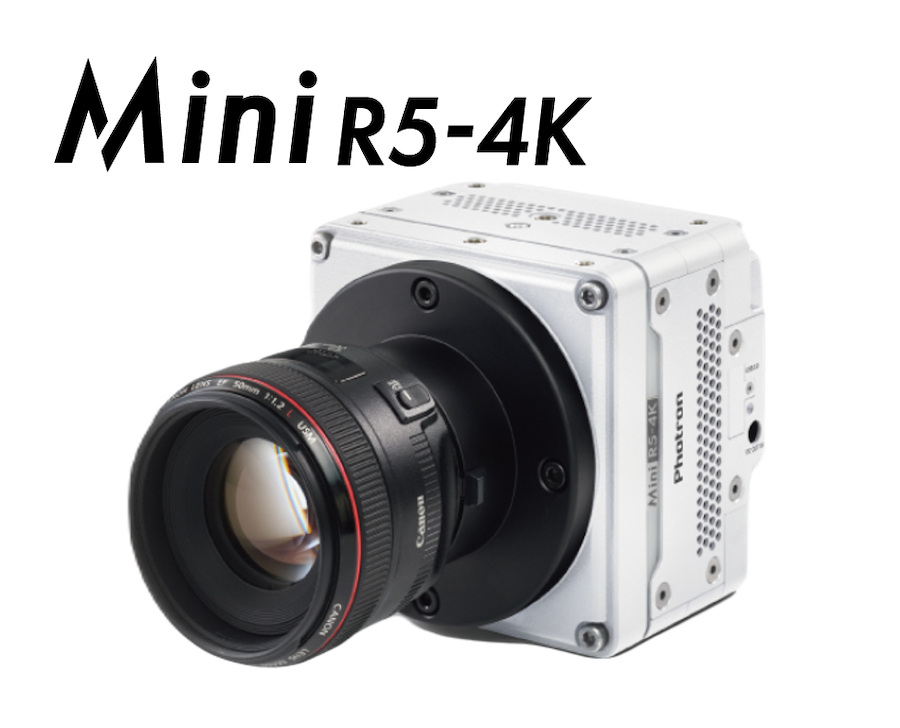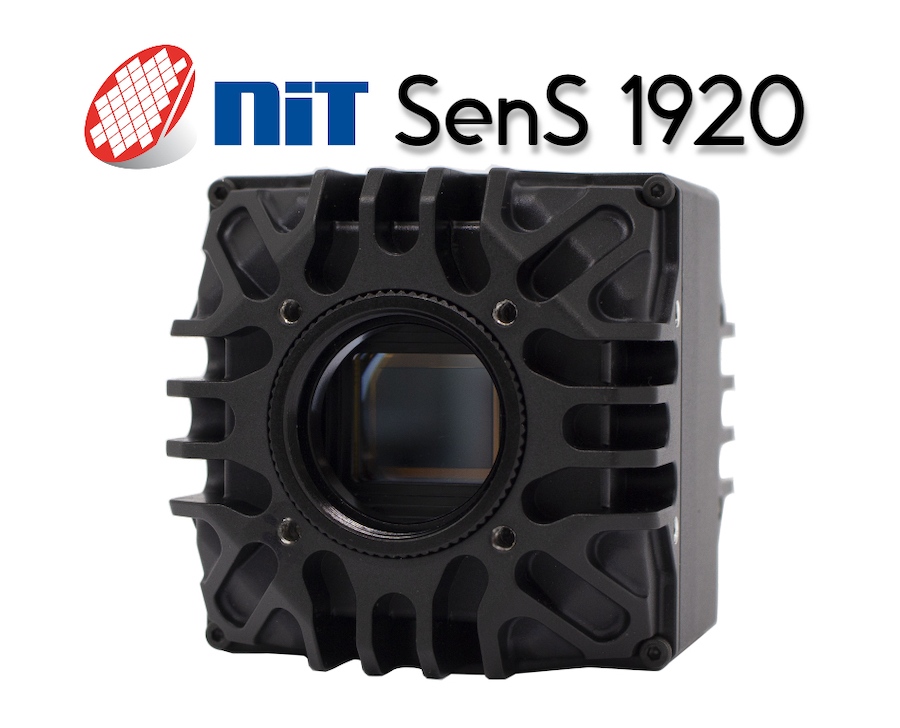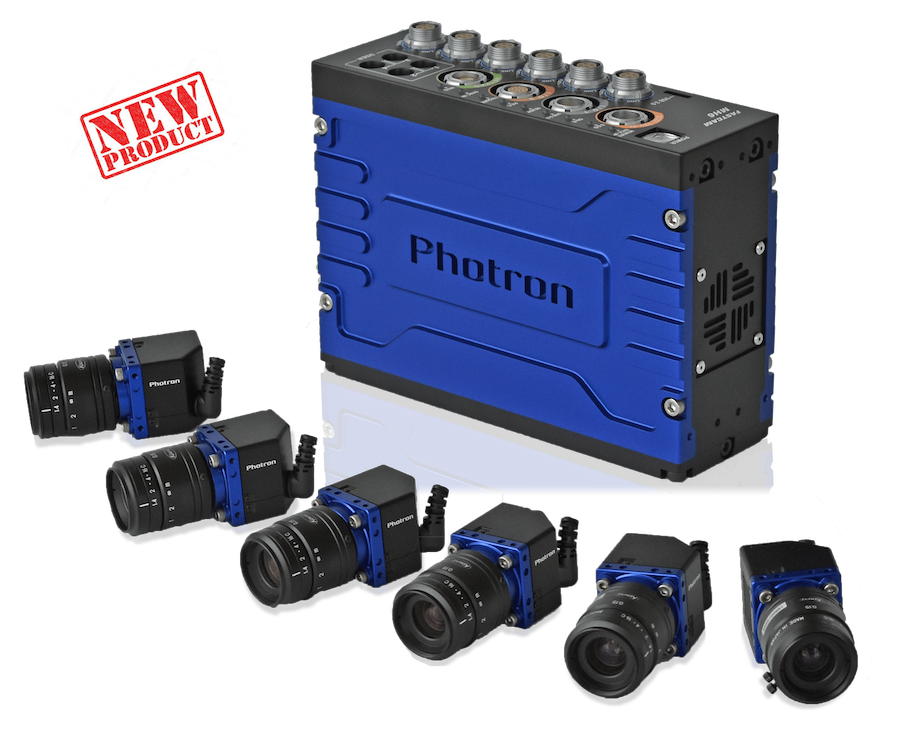Blog
Capabilities of Photron’s FASTCAM NOVA S16 Camera
- Details

Photron combines its unique CMOS image sensor technology with extensive expertise in high-speed digital imaging to deliver the versatile FASTCAM NOVA S16 camera. Whether for scientific research, industrial testing, or product development, the FASTCAM NOVA S16 provides precise, detailed recordings that enable thorough analysis of high-speed processes. Learn the key features and specifications that make this camera exceptional below.
Photron’s FASTCAM Mini R5-4K High-Speed Camera
- Details

The Photron FASTCAM Mini R5-4K high-speed camera, featuring an ultra-high resolution sensor, joins the innovative FASTCAM Mini series. The Mini R5-4K delivers the industry's top-tier 4K resolution while preserving its lightweight and compact design. Whether for scientific research, industrial testing, or automotive safety analysis, capturing fast-moving objects in high definition is crucial.
NiT | SenS 1920 SWIR Camera
- Details

Engineered to provide high-resolution images in demanding environments, this camera is an essential tool for industries requiring precise imaging capabilities. Its ultra-low noise of only 25e- ensures exceptional image clarity, even in challenging environments.
Photron FASTCAM MH6 High-Speed Camera for Automotive Testing
- Details

In automotive testing, high-speed cameras have become an indispensable tool. High-speed cameras are crucial for testing, analyzing, and improving the performance and safety of vehicles.
In this blog, we’ll discuss the significance of high-speed cameras in automotive testing and recommend a high-speed camera suitable for these environments and applications.
